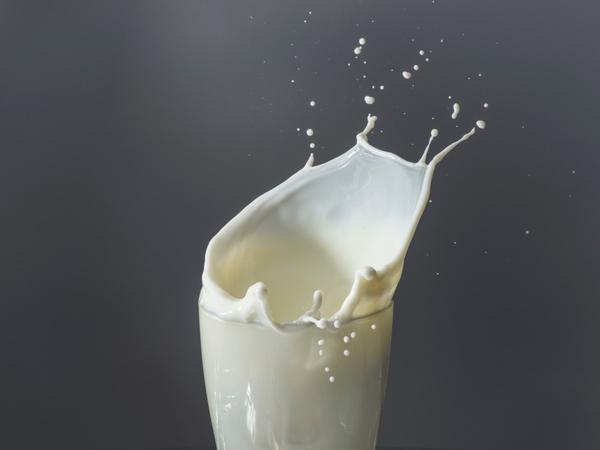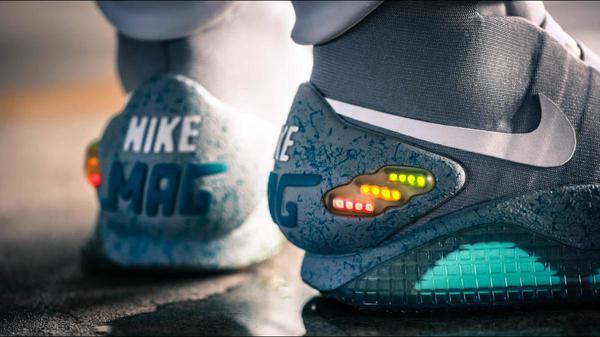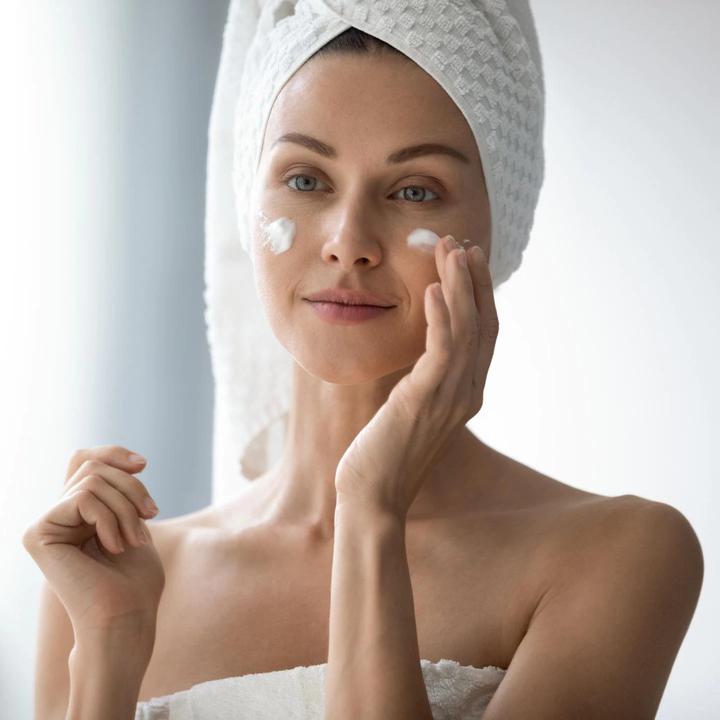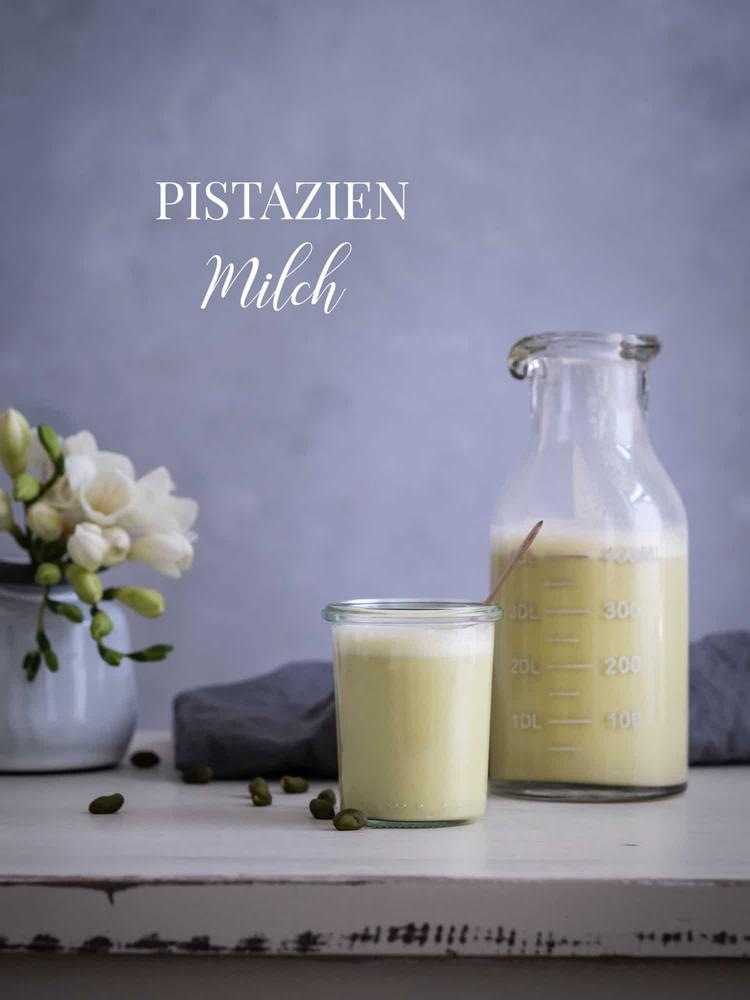
From Greenpeace & APOs; s point of view, the hitherto voluntary measures taken by manufacturers to refrain from plastic in cosmetics are not sufficient. For example, in 502 of 664 products, the organization identified eleven well-known cosmetic brands plastics, as reported in the report "on make-up-Plastic in Cosmetics" from Monday.
Greenpeace first checked the list of ingredients published on the companies' websites for 530 polymers. It was found that 76 percent of the products contained plastics. About a quarter of the products are microplastics, while the rest is plastic in liquid, semi-solid or soluble form. In a second step, eleven selected products in the laboratory were then analyzed in more detail.
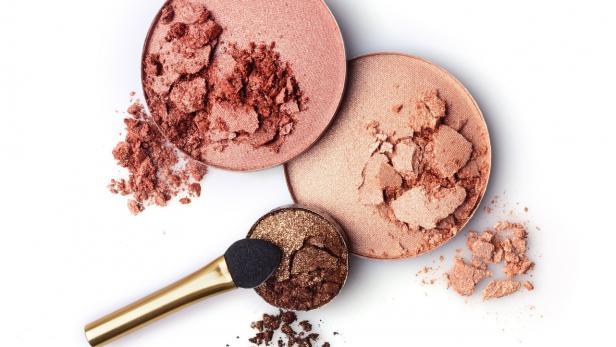
Greenpeace called for a ban on plastics in cosmetic
"the results show that plastic ingredients are often found in products that come into contact with sensitive parts of the body, such as eyes and lips, and thus can be inhaled or swallowed inside by consumers," says the report. The highest concentrations of plastics contained eye make-up, lip gloss and lipsticks.
The Industrieverband Körperpflege- und Waschmittel IKW, on the other hand, refers to several official investigations on the Internet, according to which a health risk due to microplastics is not proven.
Riddle rates at small printingHide ingredients in cosmetic
Das Kosmetik-Angebot in den endlos erscheinenden Regalen der Drogerien ist verlockend. Doch in vielen Kosmetikartikeln verstecken sich gefährliche Inhaltsstoffe. Wir stellen Ihnen die verbreitetsten Inhaltsstoffe vor.For Greenpeace, the Federal Government & APOs; s attempt to banish plastic from cosmetics on a voluntary basis together with industry has failed. "seven years of dialogue are over and the unpainted truth is, however, that we continue to grease plastic on our face regularly. Whether in the form of make-up, powder or lipstick," said Greenpeace expert for consumption and chemistry, Viola Wohlgemuth.


